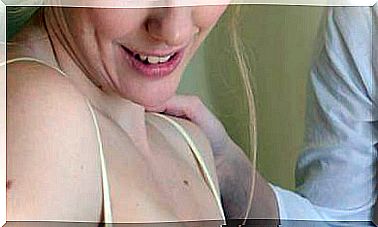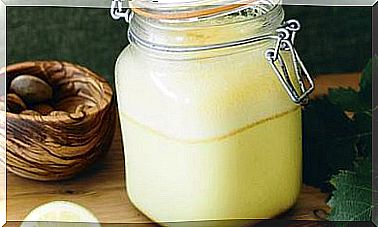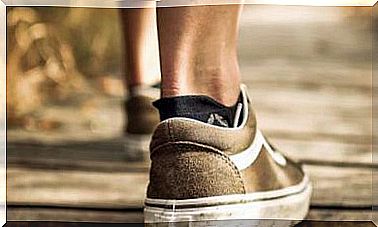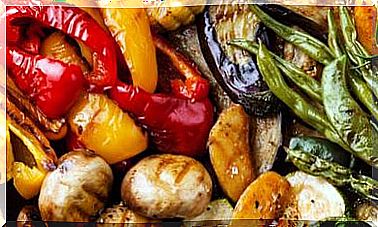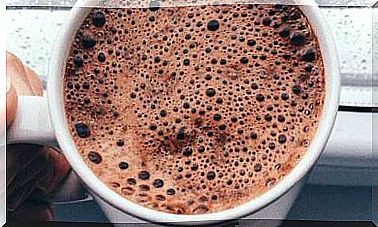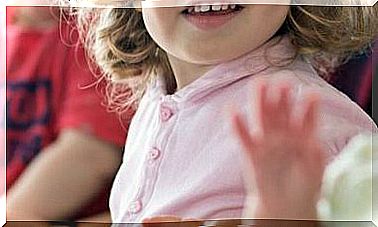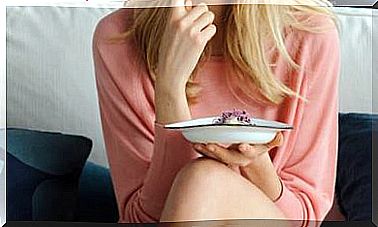4 Out Of 10 Children Consume Twice The Recommended Added Sugar
Too much added sugar causes obesity, diabetes, tooth decay and cardiovascular disease, and many children today take on 33 kilos a year! To avoid this, it is necessary to give up products that we consider “normal”.
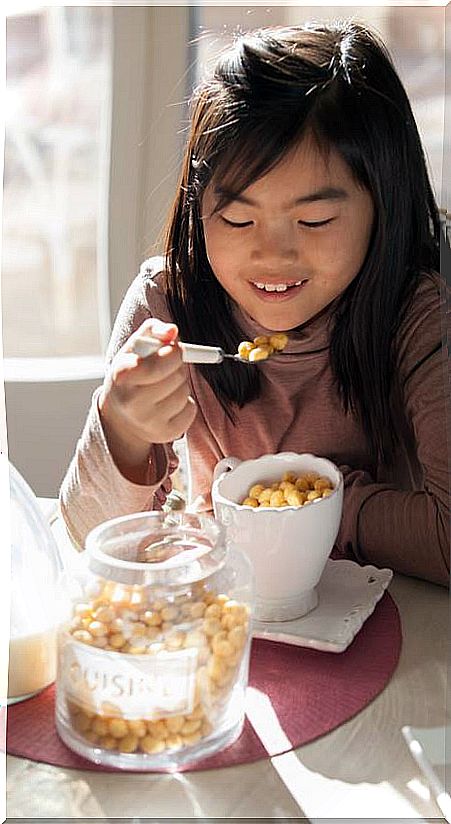
If children consume an excess of added sugar it is because in our society it is difficult to imagine, for example, a breakfast that does not contain it. Sugar (or foods that contain it, although we are not aware of it) are still associated with appetizing and even nutritious food.
Proof of this is the reaction of social networks to the photo of a child having chickpeas for breakfast, uploaded to Twitter by the mother, the nutritionist Maria Merina. Many netizens considered little less that he was mistreating his son.
The excessive consumption of sugars causes obesity and other diseases
The reality is that 41.8% of Spanish children between the ages of 9 and 12 consume more added sugars than recommended by the World Health Organization, thereby increasing their risk of obesity, diabetes, tooth decay and cardiovascular disease.
According to the Anibes study, carried out by the Spanish Nutrition Foundation (FEN), these children are consuming up to 45 g of added sugars per day, which represents about 16 kg of sugar per year.
These figures are far from the 22 g per day recommended by the WHO for a children’s diet that reaches 1,750 calories per day.
As energy requirements are reduced, the intake of added sugars should also be reduced proportionally, which ideally should not exceed 5% of total calories.
Children who consume their weight in sugar
But what is worse is that 10% of these children would be reaching a daily consumption of 90 g of added sugars, which means ingesting almost 33 kg of added sugars per year.
For a 9-year-old this means that throughout the year he eats an amount of added sugar equivalent to his body weight.
As is logical, the cause of this excess is in the poor selection of foods. Those that add the most sugar to children’s diet are, in this order, chocolates, sugary soft drinks, pastries and cakes, dairy products, juices and nectars, table sugar and breakfast cereals.
These foods should be avoided or consumed only in small amounts and sporadically.
How much sugar is in that “treat”?
To understand how much added sugar this type of food provides, it is worth looking at the following figures:
- A glass of cola drink: 24 g (equivalent to 6 sugar cubes)
- A glass of chocolate shake: 24 g
- A portion of pizza: 20 g (equivalent to 5 cubes)
- A glass of peach nectar: 19 g
- A serving of breakfast cereals: 17 g
- A fruity yogurt: 16 g (equivalent to 4 cubes)
- A brick of ketchup sauce: 16 g
- A slice of sliced bread: 3 g
The thousand names of sugar
One difficulty in reducing sugar intake is that we are often unaware that it has been added to food. That’s why it’s a good idea to look at the ingredient list, where sugar can take a number of different names, such as sucrose, glucose, fructose, dextrose, glucose syrup, fruit juice concentrate, or maltose.
